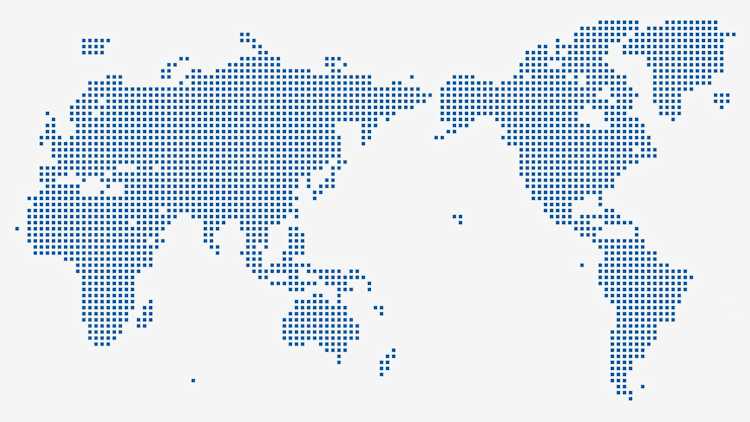- Startseite
- Forschung & Transfer
- Forschungsprojekte
- Judicial (In)dependence in New Democracies. Courts, Presidents and Legislatures in Latin America and Sub-Saharan Africa
Judicial (In)dependence in New Democracies. Courts, Presidents and Legislatures in Latin America and Sub-Saharan Africa
The study of judicial independence shows the interaction among the three branches of government and concentrates, especially, on the ways in which the two elected branches – the executive and the legislature – interfere with the judicial branch. The project stresses the difficult balance between judicial independence and judicial accountability, a classical topic in political science, and analyses it in new democracies of the developing world.
Leibniz Association, 2011-2016
Team
Forschungsfragen
- Which structural arrangements are designed to promote the insulation of judges from undue pressure?
- What is the political context in which courts operate?
- What mechanisms (formal and informal) have the elected branches of government employed to increase their influence on the judicial branch?
- What impact has political influence had on judicial structure, appointments, tenure?
- What factors (for example, competitiveness of the party system, constitutional rules, political ideology, international pressure, and informal practices) explain different degrees of political constraints on judicial independence?
Beitrag zu internationaler Forschung
Theoretically, the project contributed new insights to the academic debate on judicial formal institutions, informal politics, and the role of political actors in judicial departures. Empirically, it provided original data on under-researched countries in the judicial politics literature (particularly, Paraguay and the African cases in the sample).
Forschungsdesign und Methoden
This project adopts a cross-regional small-N comparative design. It includes six cases from two different regions. The cases belong to similar intraregional contexts in terms of culture and history, but have differential judicial independence assessments. In short, the sample includes one pair each of best-performers (Chile, Benin), medium-performers (Argentina, Senegal), and low-performers (Paraguay, Madagascar). Benin and Chile are renowned for their powerful constitutional courts and the low level of direct political interference with these courts’ actions, whereas Argentina’s and Senegal’s relatively professional judges are exposed to intermittent political interference. Weak judiciaries that face outright political influence are reported for Madagascar and Paraguay. The project collected data on constitutional and statutory norms (and the successive amendments to them) as well as on actual cases of judges’ appointments or removals, the approval of budgetary enlargements or reductions, the creation of new courts, etc. These data helped us approximate both a de jure and a de facto assessment of judicial independence.
Vorläufige Ergebnisse
The main project results include: * an index of formal judicial independence that reflects the degree of judicial independence in five dimensions (ex ante constraints, ex post constraints, powers, access, reach). (Stroh and Heyl 2015). * a conceptualisation of informal interference in the judiciary that distinguishes these actions according to types – direct or subtle –with different levels of severity as well as an empirical study of informal interference through 145 semi-structured interviews including 45 high court judges (Llanos et al 2015). This work highlights the importance of considering informal mechanisms of pressure at the moment of assessing judicial independence. * a dataset on judicial tenures and judicial departures containing inter alia data on all former and sitting judges of the six selected countries since democratisation (to be available after publication). Based on these data, a comparative analysis of due and undue judicial departures in the six selected third-wave developing democracies (in preparation). * several case-studies on judicial reforms and the state of the executive-judicial relations in the selected countries.






